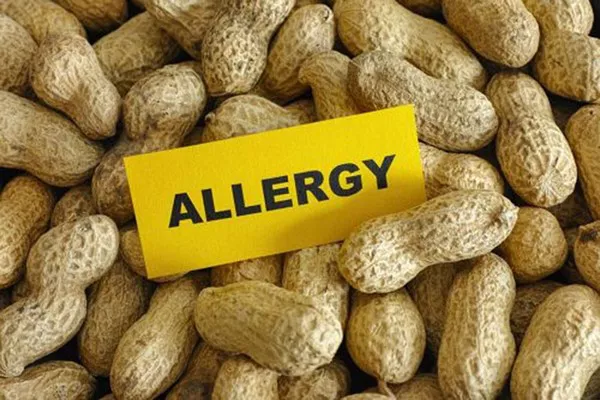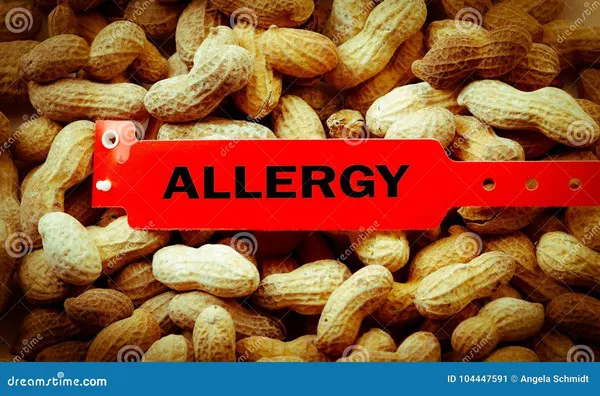Peanut allergy has become a growing concern in recent decades, affecting a significant portion of the population, particularly children. The surge in peanut allergy cases has spurred researchers, healthcare professionals, and policymakers to investigate the underlying causes of this phenomenon. Understanding the reasons behind the increased prevalence of peanut allergy is crucial for implementing effective prevention strategies and developing potential treatments. This article aims to delve into the various factors contributing to the rise in peanut allergy and explore potential solutions to mitigate its impact.
1. Genetic Factors
Genetics plays a significant role in the development of allergies, including peanut allergy. Research suggests that individuals with a family history of allergies are more likely to develop allergic conditions, including peanut allergy. Specific genes related to immune responses and the regulation of allergic reactions have been identified as potential contributors. Although genetic factors are essential, they alone cannot explain the rapid rise in peanut allergy, as genetic changes typically occur over longer periods.
2. Early Introduction and Allergenicity
Delayed introduction of allergenic foods, such as peanuts, during infancy was once considered a preventive measure for allergies. However, recent studies have shown that early introduction of peanuts to infants, between 4-11 months, may actually reduce the risk of developing peanut allergy. The Learning Early About Peanut (LEAP) study demonstrated that early introduction, in the presence of low-risk infants, significantly lowered the incidence of peanut allergy. These findings have led to updated guidelines and recommendations encouraging the early introduction of peanuts to infants, in consultation with healthcare professionals.
3. Hygiene Hypothesis
The hygiene hypothesis suggests that reduced exposure to certain environmental factors, such as bacteria and parasites, during childhood may contribute to the development of allergies. This theory proposes that a lack of exposure to pathogens and other immune system challenges may lead to an overactive immune response to harmless substances, including peanuts. Modern lifestyles, increased sanitation practices, and reduced contact with diverse microbial environments may have limited the immune system’s ability to develop proper tolerance, increasing the risk of allergic reactions.
4. Environmental Factors
Environmental factors, including air pollution and dietary changes, have also been implicated in the rise of peanut allergy. Exposure to high levels of air pollutants, such as diesel exhaust particles, has been linked to increased allergic sensitization, potentially affecting the immune system’s response to allergens like peanuts. Moreover, dietary changes, including an increased consumption of processed foods and a reduced intake of fresh fruits and vegetables, may affect the gut microbiome and disrupt the balance of immune responses, contributing to the development of allergies.
5. Lack of Early Diagnosis and Awareness
Peanut allergy often goes undiagnosed or is misdiagnosed, leading to delayed interventions and increased risks. It is crucial to improve early recognition and accurate diagnosis of peanut allergy through the use of appropriate diagnostic tools, such as skin prick tests and oral food challenges. Raising awareness among healthcare professionals, parents, and educators about the symptoms, management, and potential risks associated with peanut allergy is vital to ensure timely interventions and prevent severe allergic reactions.
6. Potential Solutions
Addressing the rising prevalence of peanut allergy requires a multi-faceted approach involving various stakeholders. Some potential solutions include:
a) Early Introduction: Healthcare professionals should educate parents and caregivers about the benefits of early introduction of peanuts, in accordance with updated guidelines. This approach, along with appropriate risk assessment, can help reduce the incidence of peanut allergy.
b) Enhanced Research: Continued research is needed to further understand the genetic and environmental factors contributing to peanut allergy. This knowledge will help develop more effective prevention strategies and potential treatments.
c) Allergen Labeling: Clear and accurate labeling of food products is essential to help individuals with peanut allergy avoid potential allergens. Improved regulations and standardized labeling practices can help reduce the risk of accidental exposure.
d) Education and Awareness: Educating healthcare professionals, schools, parents, and the general public about peanut allergy symptoms, emergency management, and prevention strategies is crucial. This will enable timely interventions and promote a safe environment for individuals with peanut allergies.
Conclusion
The increasing prevalence of peanut allergy poses significant challenges to individuals and healthcare systems worldwide. While the exact reasons behind this rise are still being explored, it is evident that a combination of genetic, environmental, and lifestyle factors contribute to this phenomenon. Early introduction of peanuts, addressing hygiene hypothesis, and improved awareness are potential solutions to mitigate the impact of peanut allergy. By implementing comprehensive strategies, raising awareness, and supporting ongoing research, we can strive to reduce the burden of peanut allergy and ensure a safer future for those affected by this condition.
[inline_related_posts title=”Related Topics” title_align=”left” style=”list” number=”3″ align=”none” ids=”437,431,434″ by=”categories” orderby=”rand” order=”DESC” hide_thumb=”no” thumb_right=”no” views=”no” date=”yes” grid_columns=”1″ post_type=”” tax=””]


































